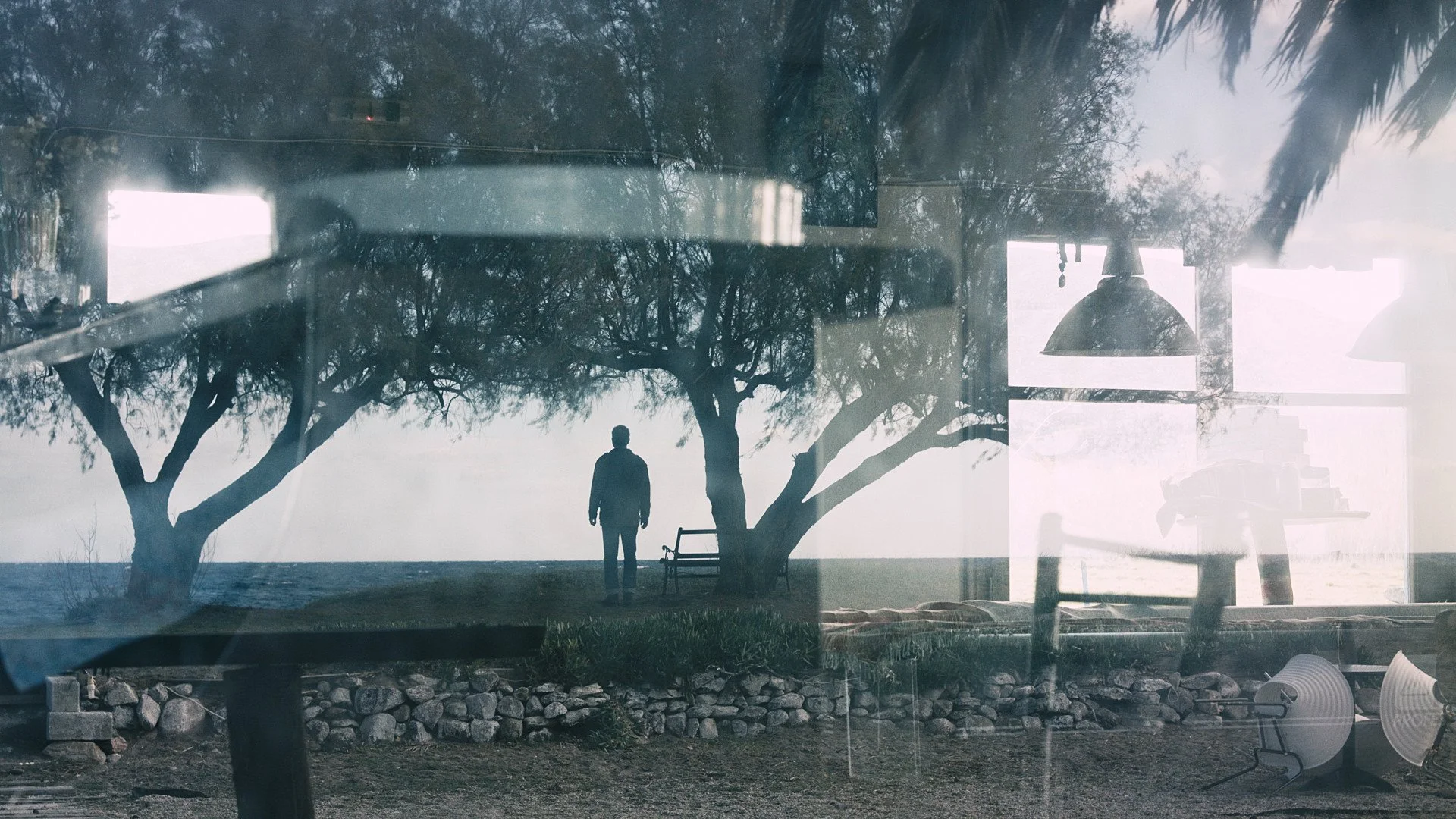
Best Art Direction
WINNER (2023)
Lost Images
Directed by Cesare Bedogne (Italy)
Interview with Cesare Bedogne
Lost Images is about a life left behind in a distant land, about a final departure, memory and loss, love and dead birds, visions and blindness. It’s a visual poem inspired by a drawing by Egon Schiele.
IAG: This is a deeply meditative art film. What inspired it?
CB: Like all my works, it is profoundly personal, more like a visual poem than a narrative. It is also intensely autobiographical. This film is about a life left behind in a distant land, about a final departure, memory and loss, love and dead birds, visions and blindness. The stuff my life was made of, at a certain sore point of existence. It is also partly inspired by a drawing by Egon Schiele, appearing explicitly in the film, and more generally by the Austrian artist’s sensitivity toward eroticism, human frailty, and transience.
IAG: There is no narration or dialogue in this film. Talk about this decision and the effect it had on the creative process of the film.
CB: I felt this work was a visual poem with an identity of its own, which didn’t need words nor elucidations nor comments. For me it is like a dream, a language beyond conventional logic and speech, any attempt at explanation would destroy it. In the past, I worked on other two shorts (Maria’s Silence and The Last Step of an Acrobat) without using a single word. On the other hand, my works Story for an Empty Theatre and Photographing New York are totally based on text (respectively on a novel and a poem I wrote).
IAG: One of the recurring visual motifs I noticed was the use of filming through windows, or filming the reflection from windows. Is that a technique you've played around with before?
CB: Sure, I did. Also, in my former work as still photographer, I used to shoot pictures where two (or more) superimposed layers would materialize. For instance, photographs taken through a window where the interior and exterior merge into one another. I am very fascinated by this kind of compenetration, revealing new aspects and dimensions of reality. Therefore it was natural for me to develop this language also through moving images. In this case working directly on superimposed images (just the way in the old times they superimposed negatives), a language which probably goes back to the very origin of cinematography.
IAG: The sensual scene of the protagonist by herself--filmed through a rain-beaded window frame—was possibly the most stunning image in the film. It is an excellent example of artistic sensuality. What inspired that scene?
CB: The main theme of the film is perhaps the contrast between vision and blindness (in a very broad sense) and there is something very sensual and pleasurable for me in vision, almost an ecstatic experience. So I spontaneously expressed this theme through sexuality, which also allowed me to focus in detail on what is perhaps the most fascinating aspect of cinematography, the possibility of revealing the human face flowing and unfolding in time.
IAG: The wind-swept coastal and ocean scenes are austere in a very beautiful way. Where was the film shot, and during what month?
CB: The ocean scenes were shot in northern Portugal in December. This film is also the diary of a real journey. We had just left Greece trying to find a new place for us. First, we moved to Portugal and eventually to Genoa, in Italy, where the last chapter of the film was shot. The film is a diary of this complex and most painful spiritual relocation.
IAG: Are you working on any new projects? If so, what's the premise?
CB: Yes, I am working on a new project, also based on a journey, on some fragments of The Wasteland by T.S. Eliot and on Carl Gustav Jung’s insights about Tarots as doorways to the unconscious and perhaps a way to predict the future.
IAG: Last but not least, what are three films that have inspired you?
CB:
Persona by Ingmar Bergman
Mirror by Andrei Tarkovsky
Blow-Up by Michelangelo Antonioni.
